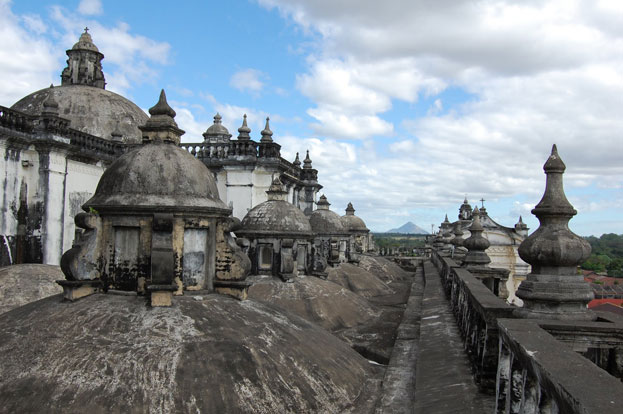Fierce fighting raged in Syria's commercial hub Aleppo on Saturday with rebels and Syrian troops locked in static battles amid reports that the city's historic market is on fire and that civilian deaths were mounting. The combat was focused on Salaheddin, a rebel stronghold on Aleppo's southwestern side and on the eastern area of Ghuta, where forces of President Bashar Assad were trying to evict rebels. One Syrian activist told the German news agency dpa that the latest toll included 20 civilians and six rebels. The Britain-based Syrian Observatory for Human Rights said abandoned corpses had been found in Suleiman al-Habibi, one of Aleppo's main districts.
Want to read UNESCO Daily News Updates? Click Here!!!
World Heritage site
 Internet videos showed black clouds over the city skyline. Activists quoted by the news agency Reuters said between 700 and 1,000 stalls in Aleppo's Old City had been destroyed by fire, possibly started by heavy shelling. The Observatory said Assad's forces and rebels were blaming each other for the blaze. The precinct is part of several World Heritage sites declared by UNESCO, the United Nations cultural agency.
Internet videos showed black clouds over the city skyline. Activists quoted by the news agency Reuters said between 700 and 1,000 stalls in Aleppo's Old City had been destroyed by fire, possibly started by heavy shelling. The Observatory said Assad's forces and rebels were blaming each other for the blaze. The precinct is part of several World Heritage sites declared by UNESCO, the United Nations cultural agency.Activists quoted by dpa said via internet telephony that army snipers were positioned at the approach to the medieval market, Souk al-Madina. Syrian state media played down an offensive declared by the rebels on Thursday, saying those forces had incurred heavy casualties. News from Syria cannot be independently verified, because government authorities bar most foreign media from conflict areas.
Summing up Friday's losses, the Observatory said 136 people had been killed across Syria, among them 85 civilians, 20 rebels and 31 soldiers. More than 30,000 people in total have died since the violent revolt against Assad began 18 months ago.


























































